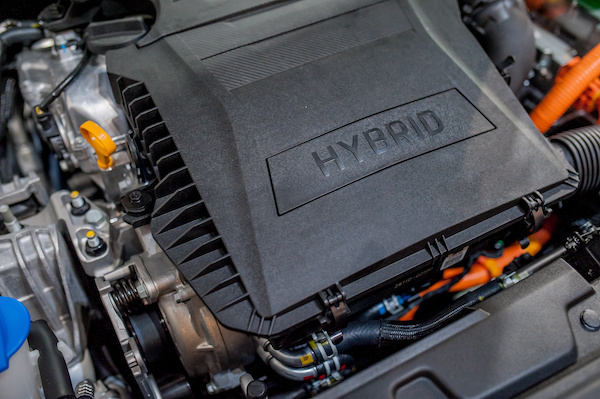
Hybrid cars are becoming increasingly popular as consumers look for more fuel-efficient vehicles. A hybrid car is a vehicle that uses two or more different sources of power to move. The most common type of hybrid car uses an internal combustion engine (ICE) and an electric motor.
The ICE in a hybrid car is similar to the engines used in conventional cars. It uses an internal combustion process, where fuel is mixed with air and ignited to generate power. The electric motor in a hybrid car takes on different functions, depending on how it is configured. For example, it can be used for acceleration or for regenerative braking, which allows energy to be recaptured and stored in batteries.
Both the ICE and electric motor work together to power the car, resulting in increased fuel efficiency. In some cases, the electric motor may be used to power the car alone, at lower speeds or when starting from a stop. This can help to further improve fuel efficiency.
The use of hybrid engines is not limited to cars. Other types of vehicles, such as buses and trucks, are also starting to use hybrid technology. As fuel prices continue to rise, we can expect to see even more vehicles making use of hybrid engines in the future.
Pros and Cons of Hybrid Cars
There are numerous benefits to using hybrid cars. Some of them include:
1. Increased fuel efficiency – One of the primary benefits of hybrid cars is that they are more fuel efficient than traditional gasoline-powered vehicles. This is because the electric motor can be used to power the car at lower speeds or when starting from a stop, which takes advantage of its high torque. As a result, less fuel is needed to power the car, and emissions are reduced.
2. Environmentally friendly – Hybrid cars also produce fewer emissions than gasoline-powered cars. This is because the electric motor does not produce any emissions, and the ICE produces less emissions than a traditional gasoline engine. As a result, hybrid cars are better for the environment.
3. Lower costs – Hybrid cars can also be cost-effective in the long run, as they are often more affordable to maintain than traditional vehicles. The electric motor requires less maintenance and has fewer parts that can wear out over time.
However, there are some downsides to hybrid cars as well. These include:
1. Higher initial cost – One of the main disadvantages of hybrid cars is that they can be more expensive to purchase than traditional gasoline-powered vehicles. This is because the technology is still relatively new, and there are additional costs associated with the electric motor and batteries.
2. Limited range – Another downside of hybrid cars is that they often have a limited range, meaning they cannot travel as far on a single charge. This can make them unsuitable for long trips or driving in areas where there are few charging stations available.
Despite these drawbacks, hybrid cars continue to gain in popularity as consumers look for more efficient and environmentally-friendly vehicles. As battery technologies improve and costs decrease over time, we can expect to see even more hybrid vehicles on the road in the future. If you need hybrid repair, we invite you to bring your vehicle to Harrell Automotive today!